Category: Invasive Plants
-
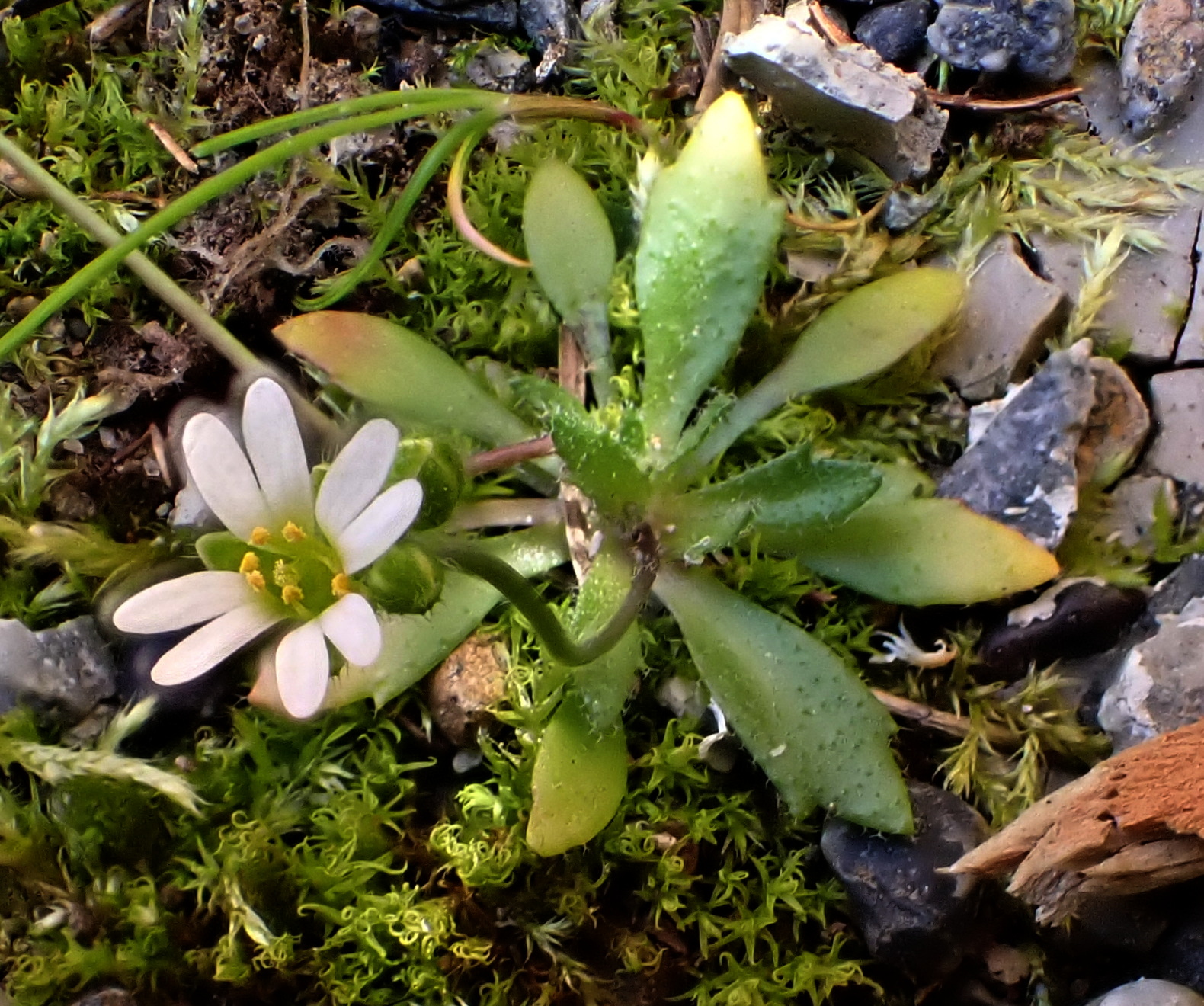
Bolting Forbs
Bolting marks a distinct transition in the life cycle of many forbs in which survival of the individual, as expressed in the growth of leaves and roots, shifts to survival of the species, as expressed in the growth of stems for flowering.
-
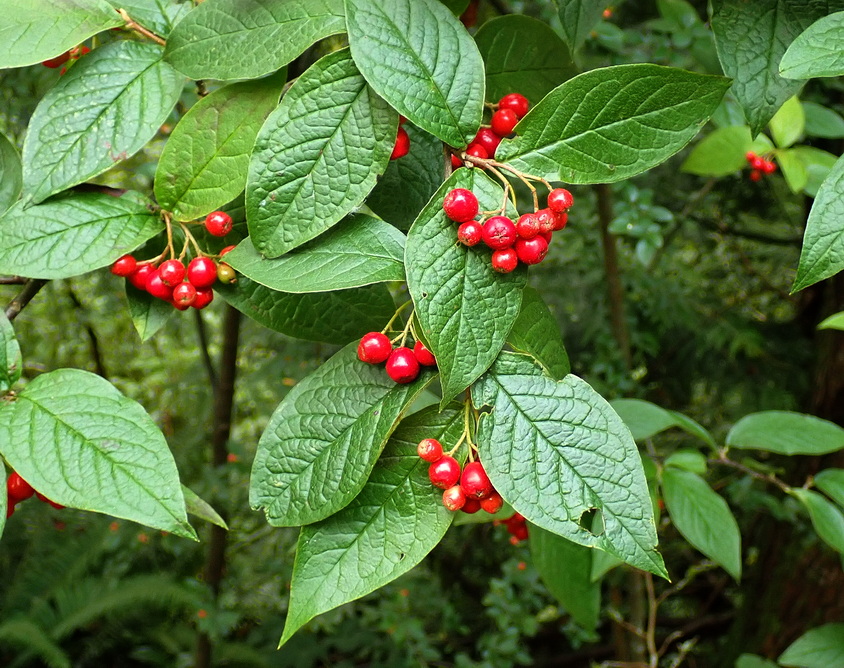
Invasive Shrubs in the Puget Lowlands
On the tallgrass prairies of the American Great Plains, woody shrubs are replacing grasses, and in the aging deciduous forests of the Puget Lowlands, woody shrubs are replacing trees. In our region, the shrubs include native species, especially Salmonberry, but also various invasives including Feral holly, Cherry laurel, and Himalayan blackberry.
-
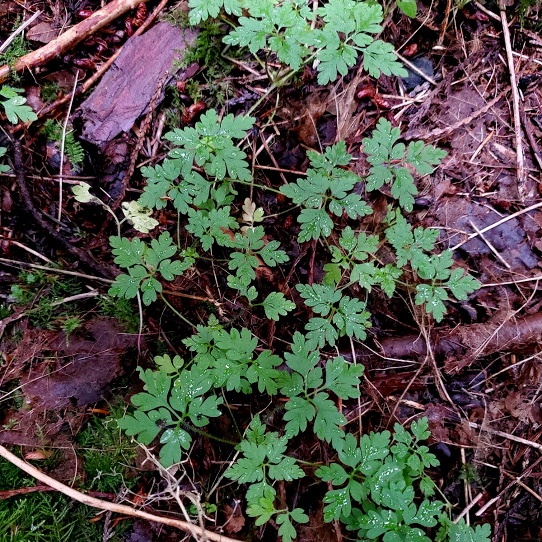
Winter Forbs — Friends and Foes
Freezing weather in the Puget Lowlands does not typically last long enough to stop the growth of numerous forb species, both native and non-native. Earlier identification enables easier removal of undesirable forbs, and selective hand weeding in winter saves time in the spring when we would rather be planting. However, the key to early removal…
-
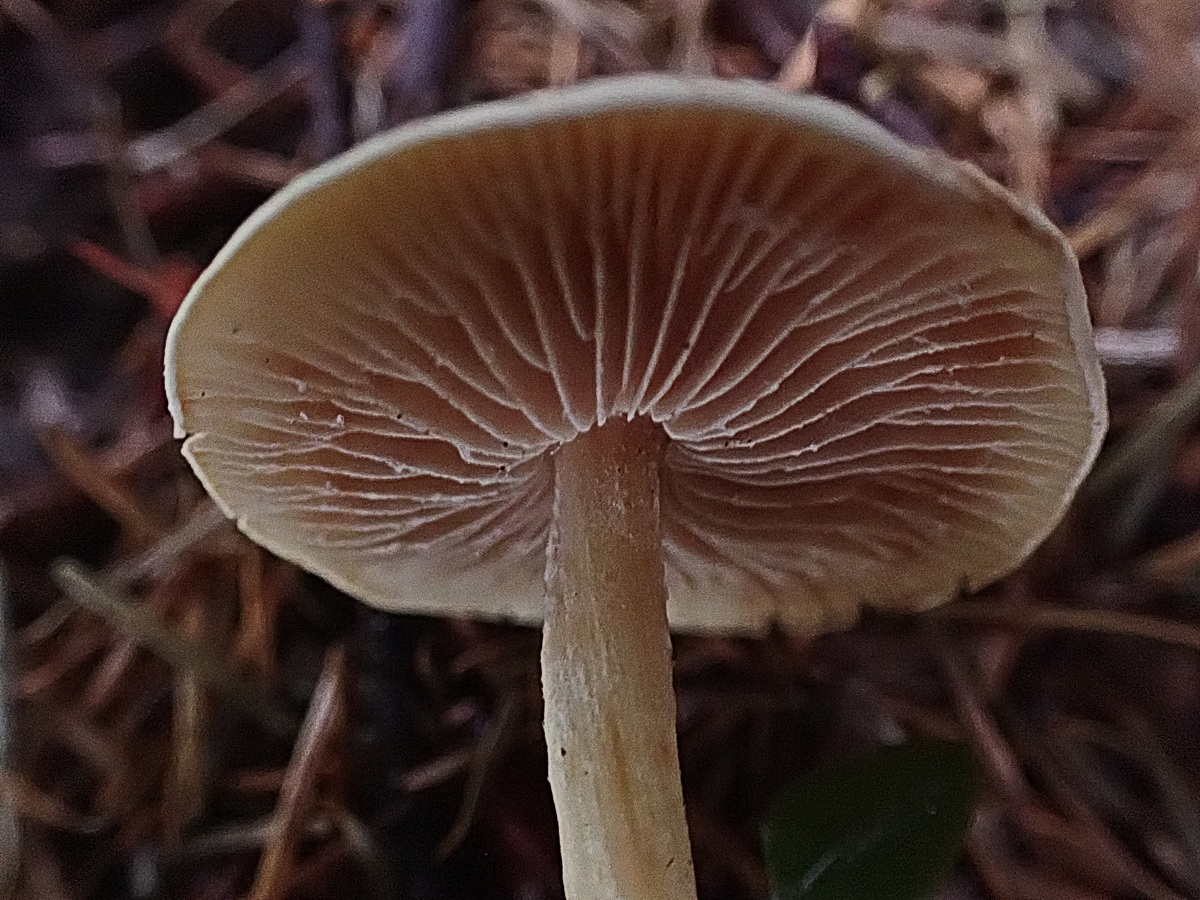
An Invasive Mushroom in Forest Park
My interest in mushrooms has nothing to do with foraging and is strictly related to the fascinating world of mycorrhizal fungi and their symbiotic relationships with native plants. When scores of small, plain mushrooms started to appear in Everett’s Forest Park, I was hoping they were part of that network.
-
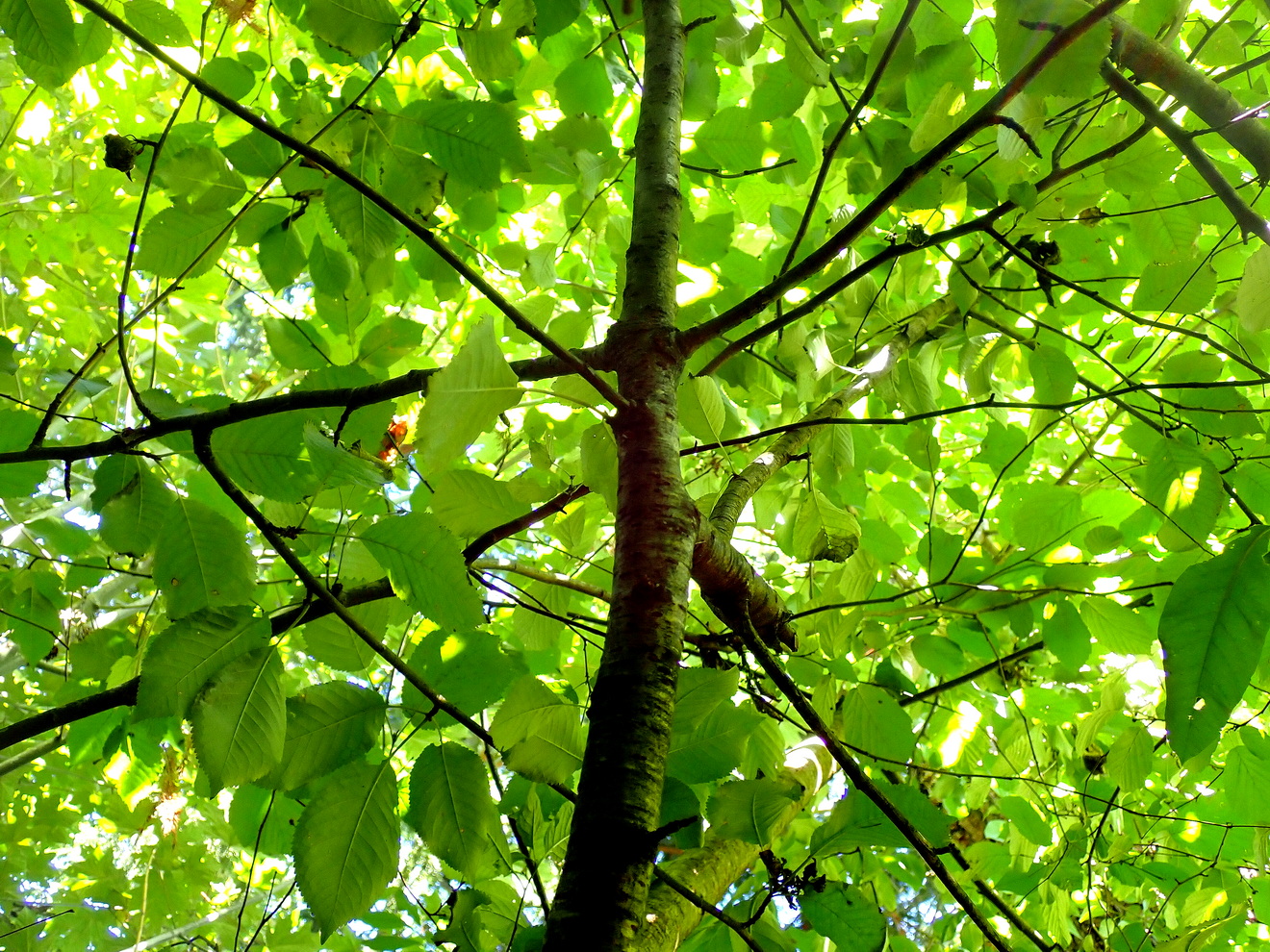
Why I Cut Down the Cherry Tree
Last summer, I noticed a cherry tree growing in the backyard forest. Since it had come up wild, I thought it might be the Pacific Northwest native Bitter cherry, Prunus emarginata. But after some help from Arthur Lee Jacobson on two of his excellent plant tours, I concluded it was the naturalized non-native Mazzard cherry,…
-
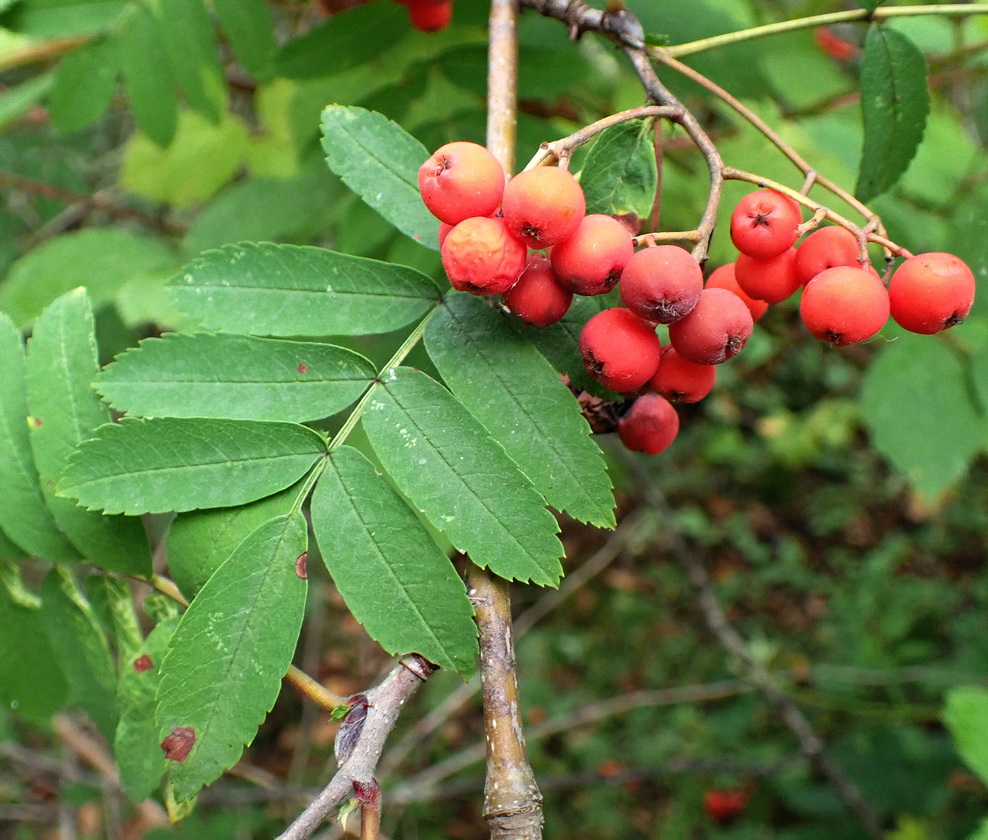
Seven Non-Native Deciduous Trees Invading the Puget Lowlands
The evergreen laurel and holly may be the most invasive trees in the Puget Lowlands, but we have invasive deciduous trees as well. The seven described in this post are all naturalized in the Pacific Northwest and at minimum take up space in our forests that would be better served with native trees.
-
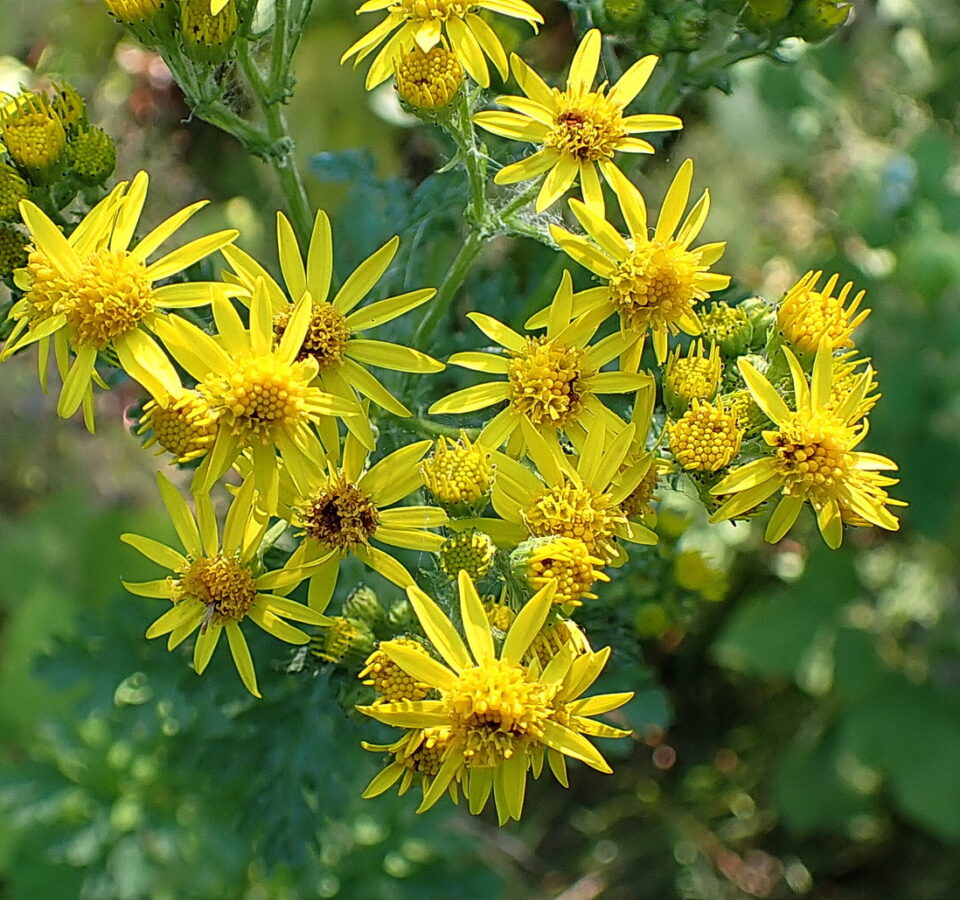
Noxious Weeds and Native Plant Berries
As July winds down in the Puget Lowlands, there is good news and bad news. The berries are ripening on the native plants, but many of the flowers blooming are noxious weeds.
-
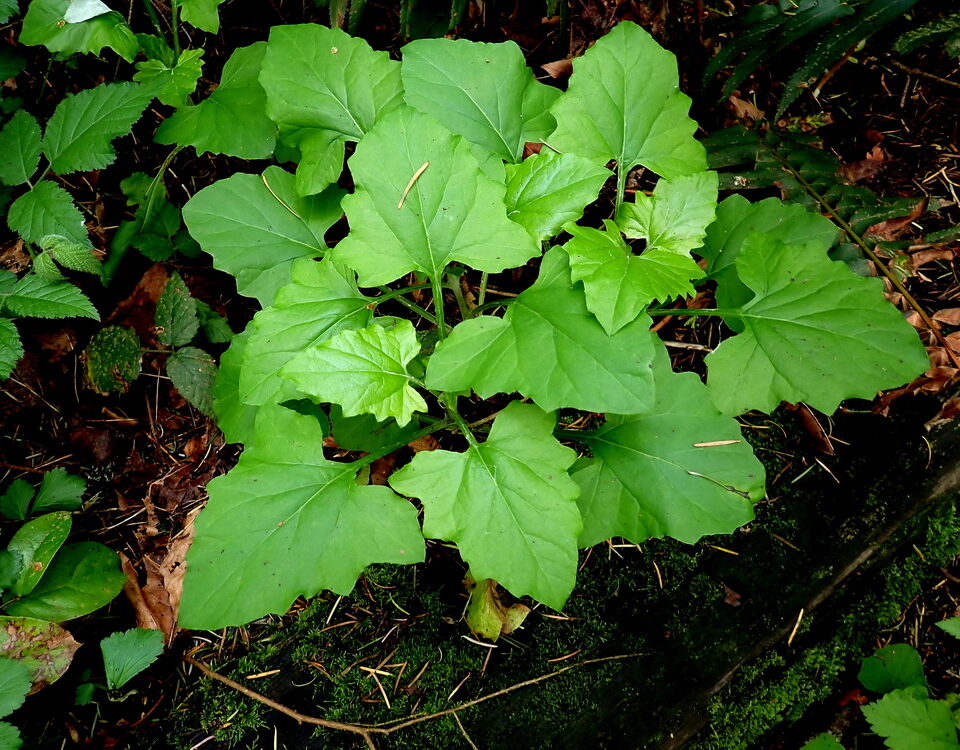
Remove These Three Weeds, but Beware of the Native Plants that Look Similar
It’s best to remove weeds before they flower and seeds develop, but at that stage there are some native plants that can look quite similar.
-
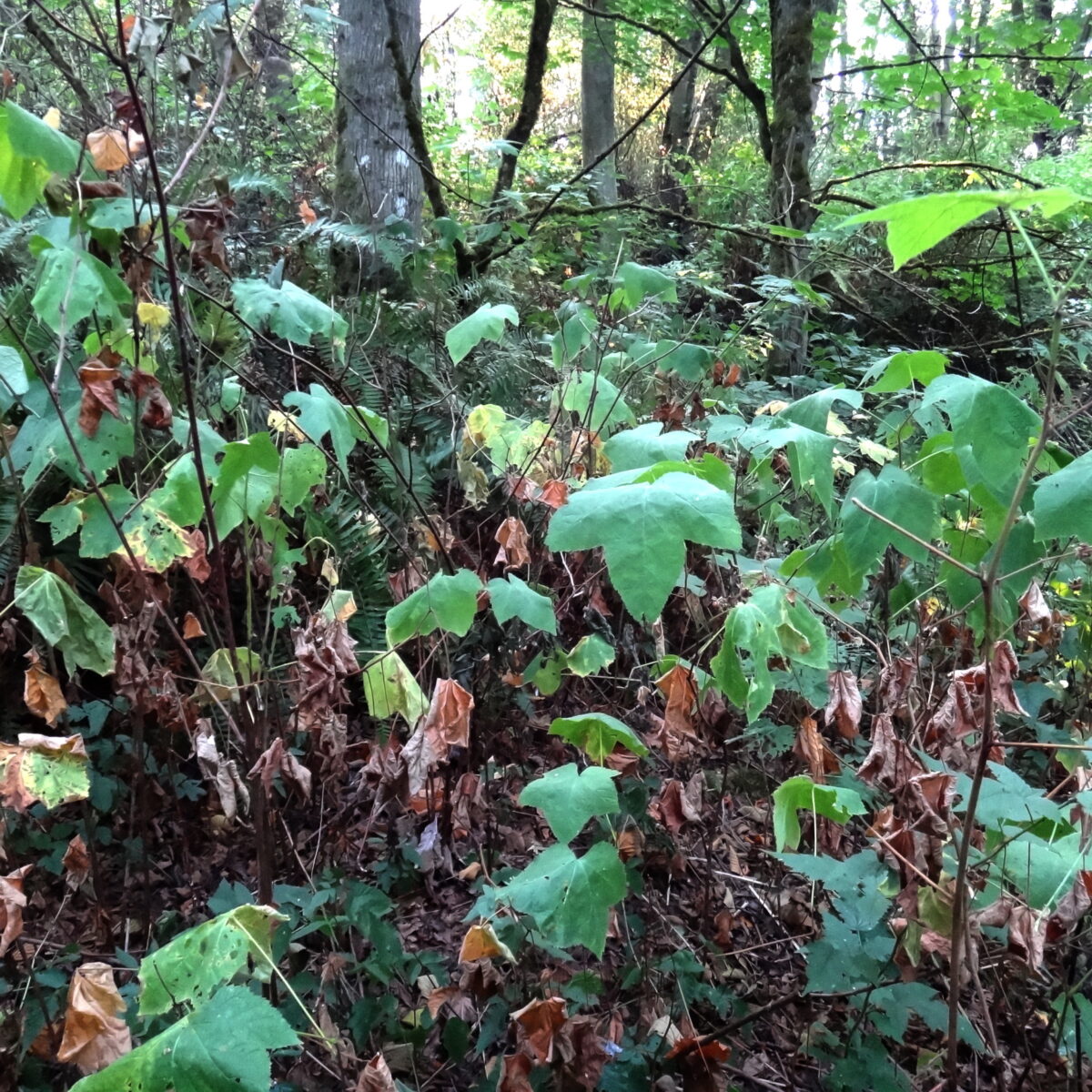
The Weeds of August in a Dry, Dry Season
It’s been a dry, dry season but the weeds keep coming.
-

Baneberry, Hedge Nettle, and Hedge Mustard
The Amazing Ability of Plants to Spread Far and Wide
-
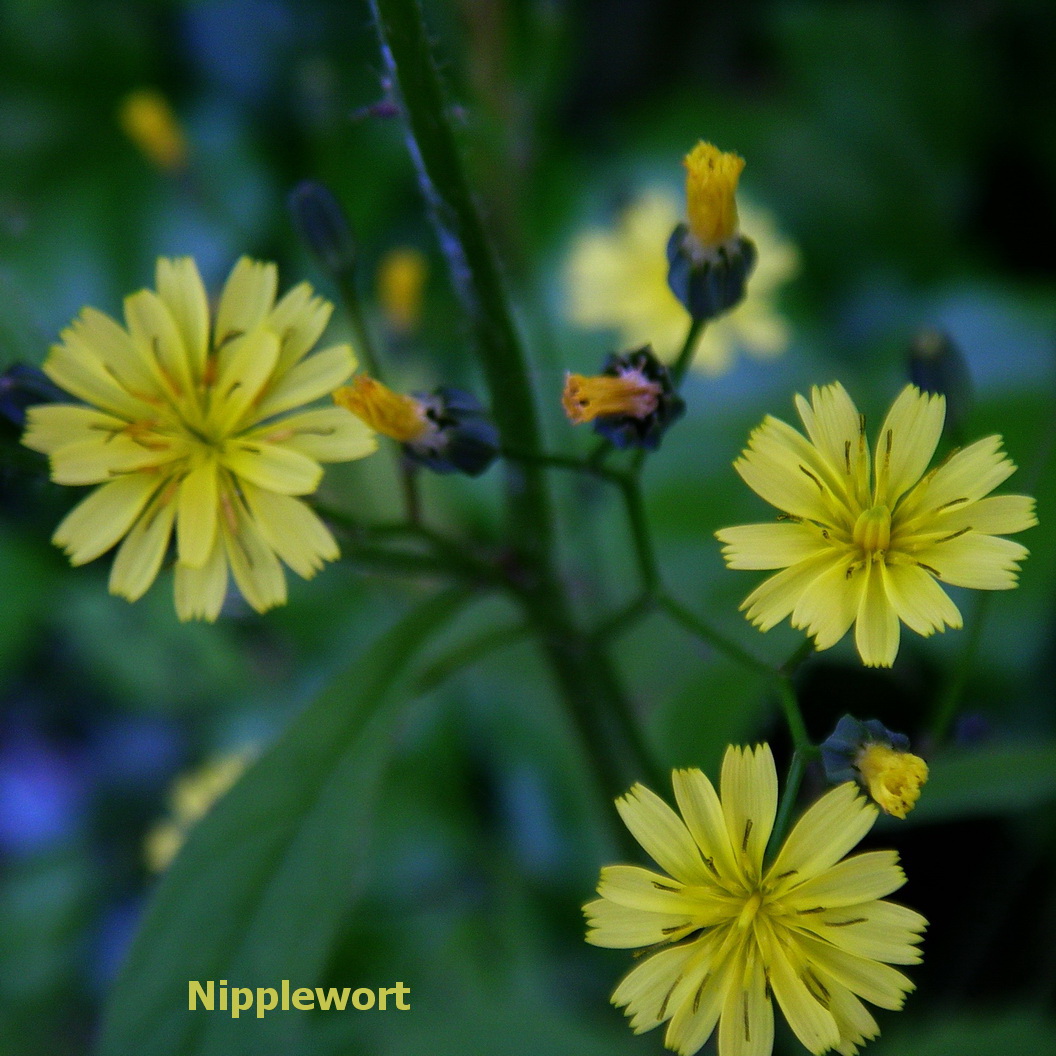
The Nipplewort Dilemma
Is it time to make my peace with Nipplewort and its ilk?
-
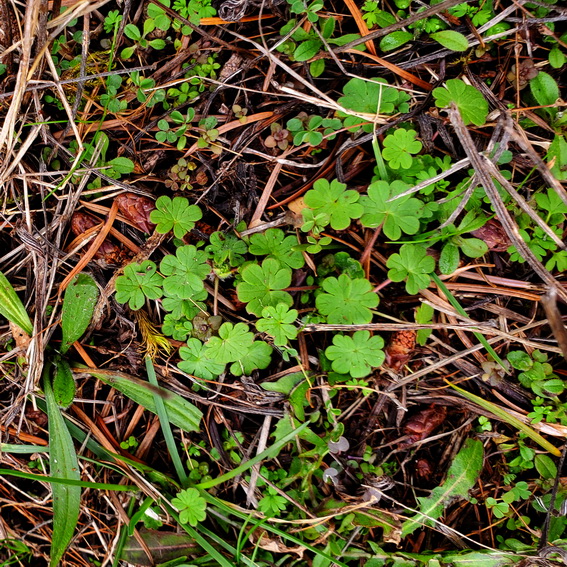
Weeds of the Turf Next to Our Backyard Forests
Our backyard forests often lie next to areas of turf that receive no irrigation or chemical inputs and inconsistent mowing. These “input-free” turf areas provide ample opportunity for colonization by a host of plants that are not welcome in the forest. The main line of defense against the spread of these weeds are the Bradley…
-
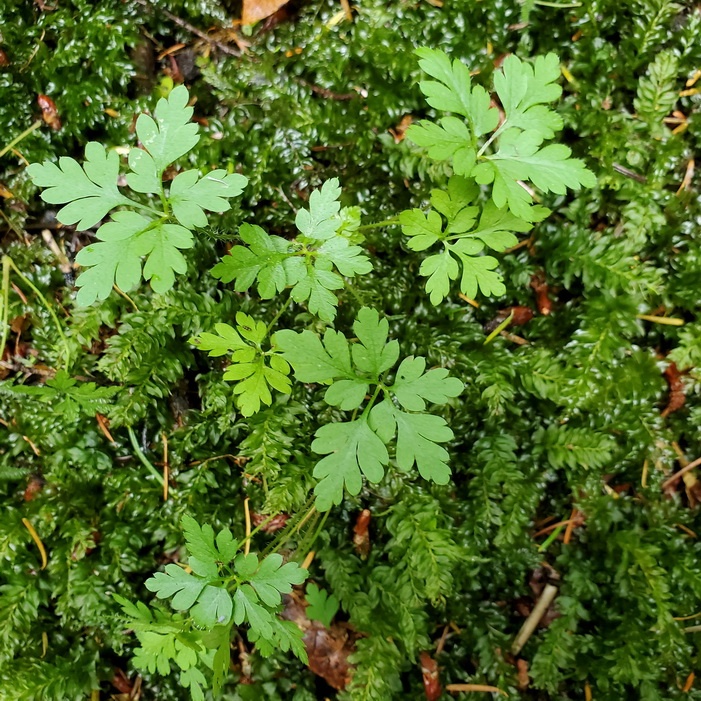
Exploiting the Weaknesses of Herb Robert in Late Winter and Early Spring
From late Winter through early Spring, I like to exploit the weaknesses of Herb Robert by removing those that sprouted during last year’s growing season, survived the winter, and are poised to flower when the weather turns warm.
-
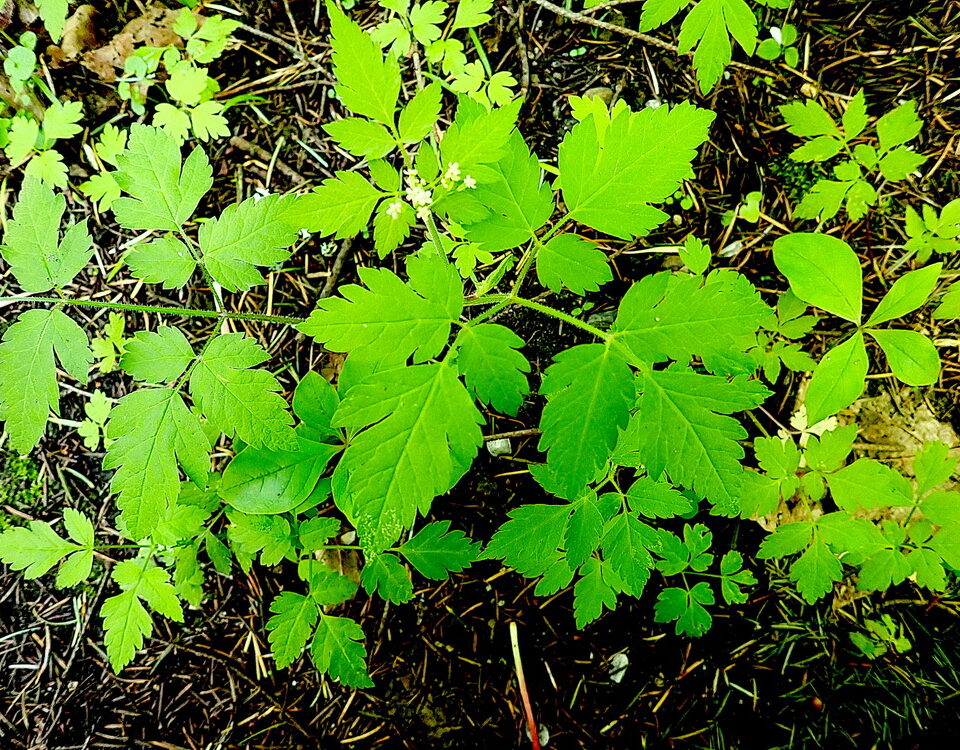
Removing or Allowing Plant Siblings
As we weed our backyard forests and their edges, we are constantly making decisions about which plants to remove and which to allow. For some plant species those decisions are complicated by various factors, and different restoration practitioners may have different, legitimate opinions.
-
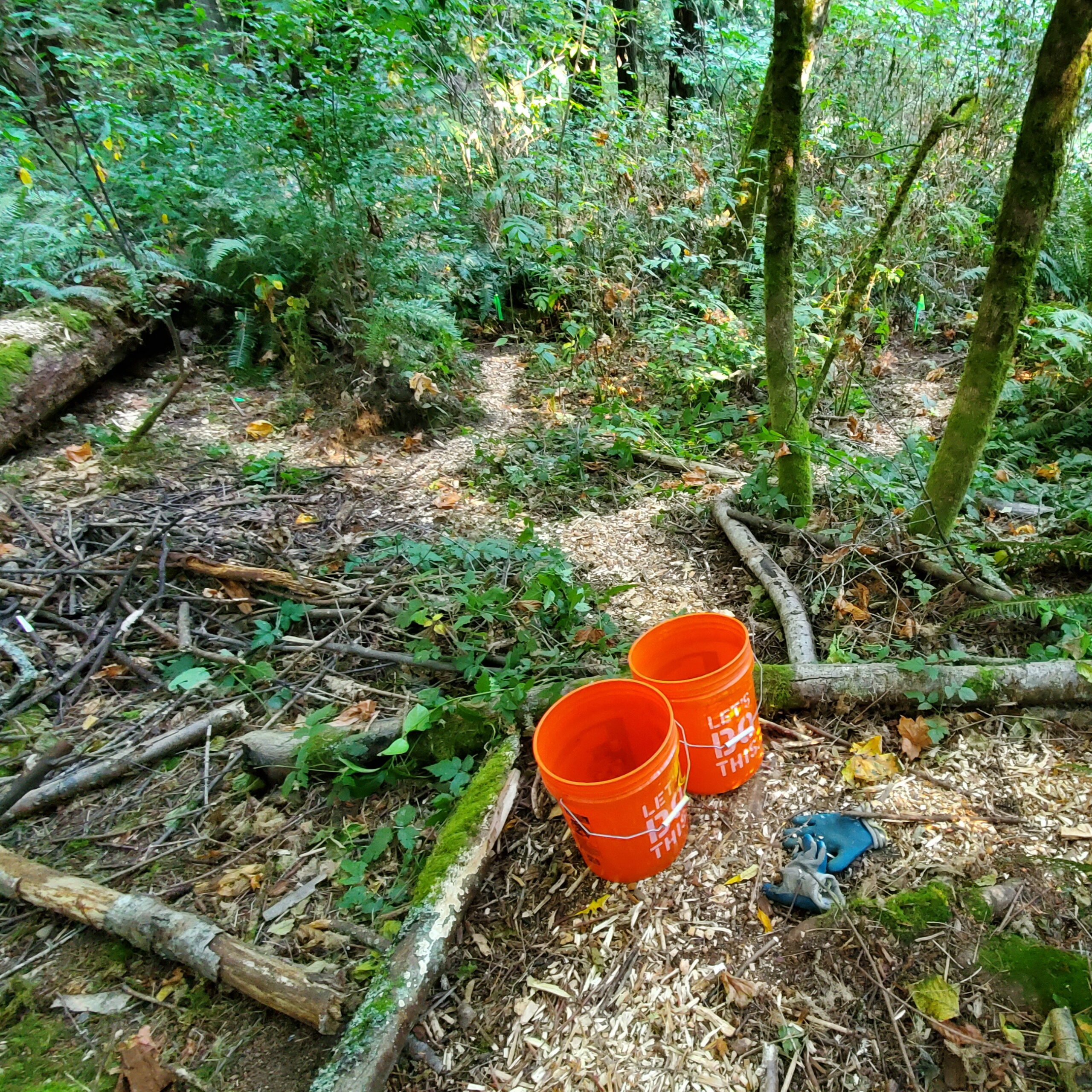
A Critique of the Forterra Model of Forest Restoration for Everett’s Forest Park
Now that Forterra has decided to essentially end its on-the-ground involvement in the Green Everett Partnership, I feel more at liberty to criticize its urban forest restoration model as it was applied in Everett’s Forest Park. The model’s failure, I believe, stems from the basic mismatch between the amount and type of labor needed to…
-
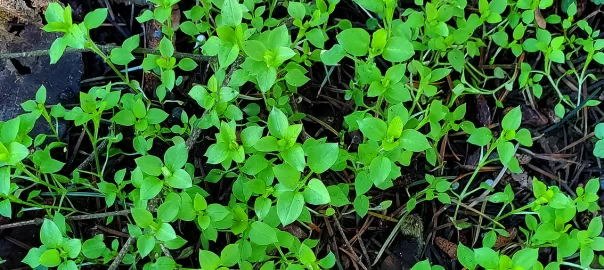
Annual Winter Weeds
Among the annuals that germinate in winter, several are Eurasian introductions that deserve our attention once we have eliminated the more-invasive weeds from our backyard forests.
-
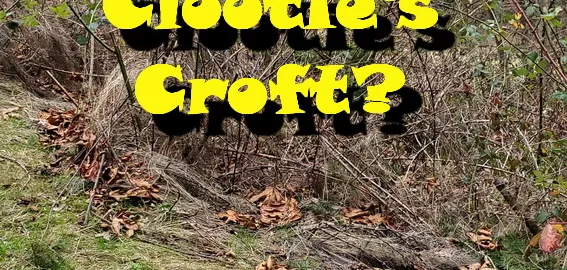
Clootie’s Crofts
Recently, I’ve been pondering some of the practical, ecological, and even philosophical reasons that I should begin to make peace with some of the weeds in some of the places.
-
Blackberry Bradley Line
Late fall seems to find me in a wetland untangling Himalayan Blackberry from Salmonberry. Most recently I was working on maintaining and extending a Bradley Line that protects an area of Salmonberry and Black Twinberry from old-growth Himalayan Blackberry (Rubus armeniacus).
-
Removing Creeping Buttercup and Herb Robert in the Dry Season
I think the dry season can be a good time to remove Creeping Buttercup and Herb Robert.
-
Watch for Pathfinder and White-Flowered Hawkweed
If you are ridding your backyard forest of weedy Nipplewort and/or Wall Lettuce, try not to inadvertently remove any indigenous Pathfinder or White-Flowered Hawkweed. All four plants have similar structural appearances, their ranges overlap, and they can all survive on “sunflecks.”